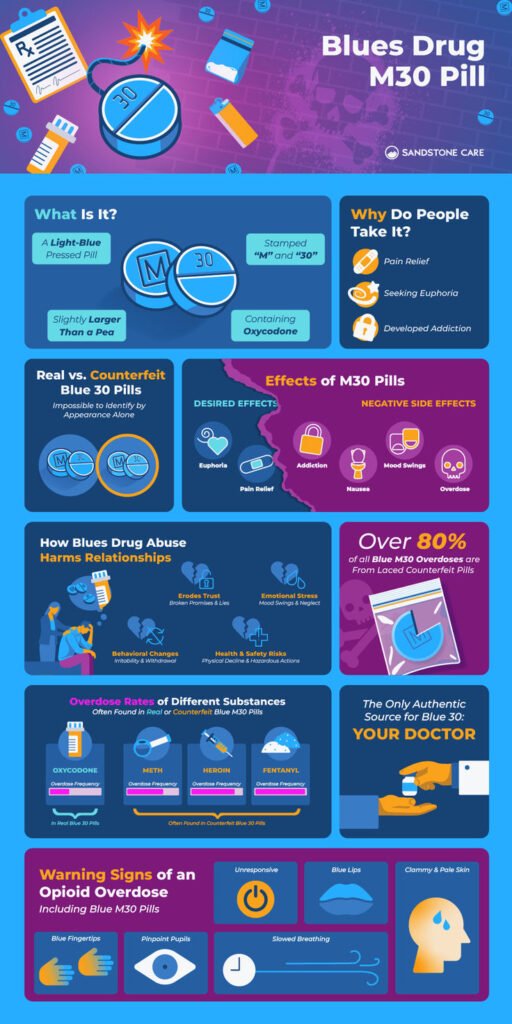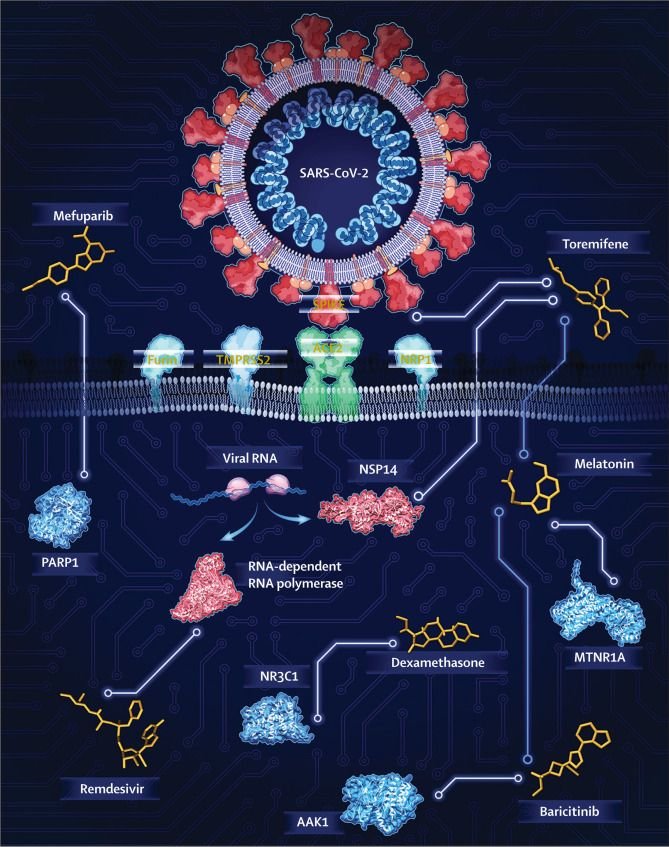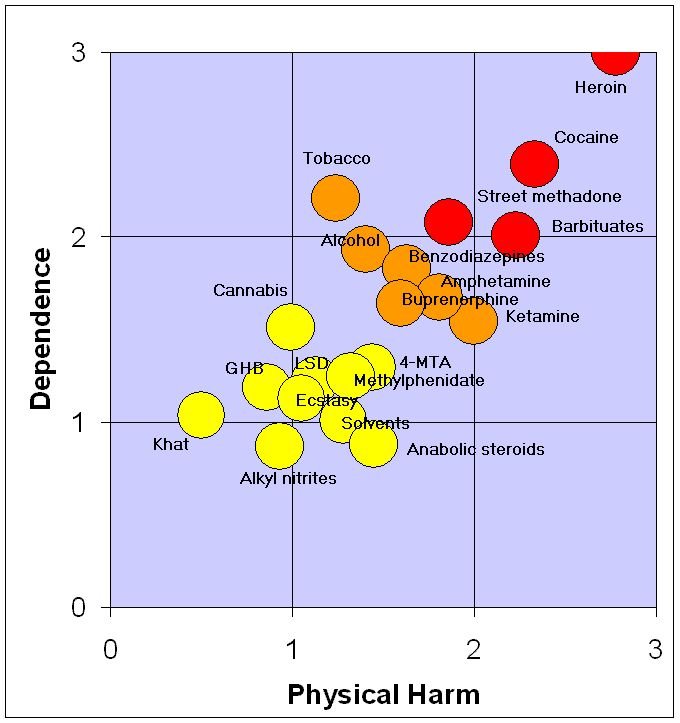The integration of LM knowledge graph drug purpose technology is reshaping the pharmaceutical and healthcare industries. This innovative approach combines the power of large language models (LLMs) with knowledge graphs to provide advanced solutions for drug discovery, development, and application. In this article, we delve into how LM knowledge graph drug purpose systems are transforming the industry, exploring their benefits, applications, and future potential.
Table of Contents
What is an LLM Knowledge Graph?
To understand the role of LM knowledge graph drug purpose, it’s essential to define the two core components:
- Large Language Models (LLMs): LLMs are AI models trained on extensive datasets to understand and generate human-like language. They excel in text processing, answering questions, and synthesizing information.
- Knowledge Graphs: These are structured databases that represent knowledge in a way that links entities (e.g., drugs, diseases, genes) through relationships. They enable logical reasoning and contextual understanding.
When combined, these technologies enhance each other, leading to efficient and precise identification of drug purposes and their interactions.
The Role of LLM Knowledge Graphs in Drug Discovery
Drug discovery is a time-intensive and costly process. LLM knowledge graph drug purpose systems streamline this process by:
- Data Integration: Aggregating data from diverse sources like scientific articles, clinical trials, and genomic studies.
- Pattern Recognition: Identifying hidden patterns and relationships among drugs, diseases, and biological pathways.
- Hypothesis Generation: Suggesting potential new uses for existing drugs (drug repurposing) or identifying novel compounds for specific purposes.
Key Benefits of LLM Knowledge Graph Drug Purpose Systems
The integration of LLM knowledge graph drug purpose frameworks provides several advantages:
- Speed: Accelerates drug discovery timelines by automating data analysis.
- Accuracy: Reduces errors by synthesizing vast amounts of information and presenting actionable insights.
- Personalization: Supports precision medicine by tailoring drug recommendations based on individual genetic profiles.
- Cost Reduction: Minimizes the financial burden of research and development.
Applications of LLM Knowledge Graph Drug Purpose Systems

The versatility of LLM knowledge graph drug purpose systems extends across various pharmaceutical and healthcare applications:
Drug Repurposing
One of the most significant applications of LLM knowledge graph drug purpose systems is drug repurposing. By analyzing existing drugs and their interactions with different biological systems, these frameworks can:
- Identify new therapeutic uses for approved drugs.
- Reduce development timelines since safety profiles are already established.
Precision Medicine
LLM knowledge graph drug purpose systems enable precision medicine by:
- Linking genetic data with potential drug responses.
- Suggesting treatments tailored to individual patients.
Clinical Trial Optimization
By integrating LLM knowledge graph drug purpose frameworks, pharmaceutical companies can:
- Identify suitable candidates for trials based on biological markers.
- Predict potential outcomes and side effects, enhancing trial design.
Drug Safety Monitoring
Post-market surveillance is essential for ensuring drug safety. LLM knowledge graph drug purpose systems:
- Detect adverse drug reactions by analyzing real-world data.
- Provide insights into potential long-term effects.
How LLM Knowledge Graphs Improve Drug Research
The use of LLM knowledge graph drug purpose technology in research addresses critical challenges:
- Data Overload: The exponential growth of biomedical data makes it impossible for researchers to analyze manually. LLMs process and summarize this data efficiently.
- Interdisciplinary Insights: By connecting knowledge across domains (e.g., genomics, pharmacology, and toxicology), these systems reveal comprehensive insights.
- Natural Language Understanding: LLMs interpret unstructured data, such as research papers, and map it onto structured knowledge graphs.
Challenges in Implementing LLM Knowledge Graph Drug Purpose Systems
Despite their transformative potential, LLM knowledge graph drug purpose systems face several challenges:
Data Quality
Knowledge graphs rely on high-quality data. Inaccuracies or biases in data sources can lead to erroneous conclusions. Ensuring data accuracy and consistency is critical.
Computational Resources
Integrating LLMs with knowledge graphs requires significant computational power. Advances in hardware and optimization techniques are essential for scalability.
Privacy and Ethics
Handling sensitive medical data demands strict adherence to privacy regulations. Developers must ensure ethical use of LLM knowledge graph drug purpose systems.
Future of LLM Knowledge Graph Drug Purpose Systems
The future of LLM knowledge graph drug purpose systems looks promising with advancements in AI and data science. Here are some trends shaping their evolution:
Integration with Real-World Data
Real-world evidence (RWE), such as patient records and wearable device data, can enrich LLM knowledge graph drug purpose frameworks, enhancing their predictive capabilities.
AI-Driven Personalization
As AI algorithms become more sophisticated, LLM knowledge graph drug purpose systems will provide highly personalized treatment recommendations, revolutionizing patient care.
Collaborative Platforms
Open-access platforms combining knowledge graphs and LLMs will foster collaboration among researchers, accelerating innovation in drug discovery.
Case Studies: Success Stories of LLM Knowledge Graph Drug Purpose Systems
Case Study 1: Accelerating COVID-19 Treatments
During the COVID-19 pandemic, researchers leveraged LLM knowledge graph drug purpose systems to identify potential treatments quickly. These systems analyzed vast datasets to repurpose existing drugs, such as remdesivir and dexamethasone, for treating the virus.
Case Study 2: Rare Disease Research
Rare diseases often lack sufficient research due to limited patient populations. LLM knowledge graph drug purpose systems have been instrumental in identifying potential drug candidates by analyzing genetic and clinical data.
Building an Effective LLM Knowledge Graph Drug Purpose Framework
To maximize the potential of LLM knowledge graph drug purpose technology, organizations should:
- Invest in Data Quality: Prioritize data cleaning and standardization.
- Leverage Multimodal Data: Combine text, images, and numerical data for comprehensive insights.
- Adopt Scalable Solutions: Use cloud-based infrastructure for computational efficiency.
- Foster Collaboration: Encourage interdisciplinary teams to share expertise.
Ethical Considerations in LLM Knowledge Graph Drug Purpose Systems

As with any AI-driven technology, ethical considerations are paramount. LLM knowledge graph drug purpose systems must:
- Ensure transparency in decision-making processes.
- Avoid reinforcing biases present in training data.
- Respect patient privacy and comply with regulatory standards.
Also read Did trains leave the hurricane path earlu: An In-Depth Exploration
Conclusion: The Transformative Impact of LLM Knowledge Graph Drug Purpose Technology
The combination of LLMs and knowledge graphs represents a significant leap forward in pharmaceutical research and healthcare delivery. LLM knowledge graph drug purpose systems offer unparalleled capabilities in drug discovery, precision medicine, and safety monitoring. As these technologies continue to evolve, their potential to revolutionize the industry becomes increasingly evident.
By addressing current challenges and adhering to ethical standards, LLM knowledge graph drug purpose frameworks will pave the way for a future where healthcare solutions are faster, more accurate, and personalized. This innovative approach not only enhances scientific understanding but also improves patient outcomes, making it a cornerstone of modern medicine.


